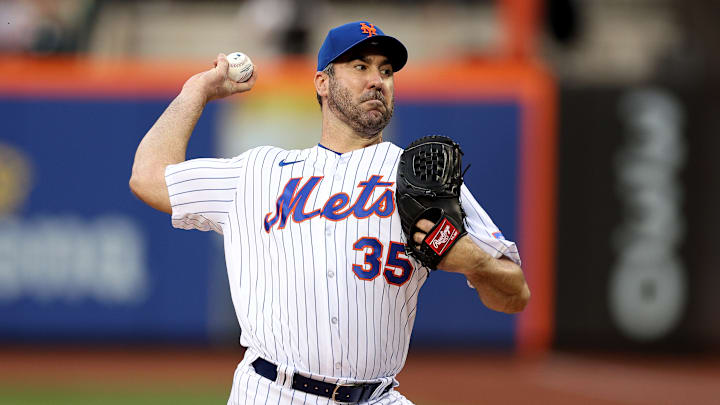3) The Mets sent pending free agent Mark Canha packing to the Milwaukee Brewers in a trade that netted the Mets a top 30 team prospect.
Mark Canha was an easy player to root for during his year and a half in Flushing, as he grinded out at-bats, played a steady outfield, and had great community outreach off the field. Canha is a true professional that will very much be appreciated by the Brewers. But his time was ending as his expiring contract, alongside the Mets needing to find Ronny Mauricio an everyday role for next year, meant the Mets had to give him up.
The Mets got starting pitcher Justin Jarvis back from the Brewers in the trade, and he slots in as the No. 15 prospect in the Mets’ system, who did very well in Double-A (3.33 ERA in 75.2 innings) before struggling in his first three starts at the Triple-A level (10.80 ERA in three starts) as he adjusts to that level. Jarvis can be someone who help in the back end of the Mets’ rotation as soon as next season if things go well for him in Syracuse.
The Mets are paying the rest of Canha’s $10.5 million salary and the $2 million buyout so the Mets could get a ranked prospect in return, and him going from the No. 30 prospect on the Brewers’ chart to No. 15 on the Mets’ tells a story of what the Mets were trying to accomplish.
Grade: B-
